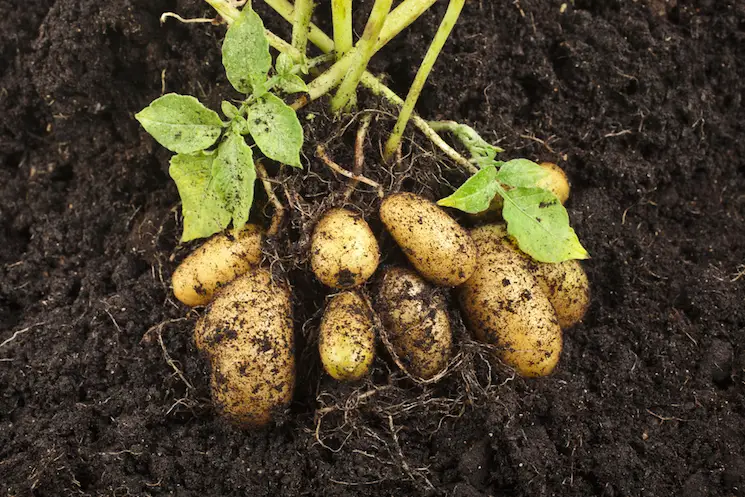Mexican Bean Beetle: Pesky Ladybug Lookalike
Table of Contents
Symptoms of Infestation: Mexican bean beetle
Early detection of pest infestations of Mexican bean beetle is crucial for effective pest management in gardens and agricultural settings. One common symptom of infestation is the presence of yellowing or spotted leaves on plants. This discoloration can signal nutrient deficiencies caused by pests feeding on plant tissues, disrupting their ability to photosynthesize and thrive. Additionally, stunted growth in plants may indicate the presence of pests like aphids or mites that sap vital nutrients from the plant, hindering its development.
Furthermore, the appearance of holes or chewed edges on leaves and stems can also be indicative of pest infestation. Insects such as caterpillars and beetles often leave behind visible damage as they feed on plant parts, compromising the overall health and appearance of the vegetation. It is important for gardeners to closely monitor their plants for these early signs of infestation in order to promptly address the issue and prevent further damage to their crops or ornamentals.
Life Cycle
The life cycle of a common garden pest can be complex and fascinating to observe. From egg to adult, these pests go through several stages of development, each with its unique characteristics and behaviors. Understanding this life cycle is crucial in implementing effective pest management strategies in gardens and farms.
Eggs are typically laid on host plants by adult pests, where they hatch into larvae or nymphs. These young stages then feed voraciously on plant tissues, growing and molting as they progress through their development. Eventually, they pupate and emerge as adults, ready to reproduce and continue the cycle. This cyclical nature of their life stages highlights the importance of timely intervention and monitoring to prevent infestations and minimize damage to crops.

Identification
Oftentimes, identifying a pest infestation in your garden can be the first step towards effective control measures. One common method of identification is through visual inspection of plants for any visible signs of damage, such as chewed leaves, distorted growth, or sticky residue. Additionally, the presence of certain pests can be detected through their feces or the eggs they lay on plant surfaces.
Another useful technique for identifying pest infestations is the use of pheromone traps or sticky traps placed strategically in the garden. These traps can help capture and identify specific pests based on their unique behaviors and mating patterns. By regularly monitoring these traps, gardeners can gain valuable insights into the types of pests present in their garden and take appropriate action to address the issue promptly.
Damage Caused
The damage caused by infestations can vary depending on the type of pest and the severity of the situation. Insects like aphids, whiteflies, and spider mites can cause significant harm to plants by feeding on their sap, leading to wilting, yellowing, and stunted growth. Additionally, these pests can transmit diseases that further weaken the plants and hinder their ability to thrive. The physical damage they cause can also create entry points for secondary infections, escalating the overall impact on plant health and productivity. It is crucial to promptly address pest infestations to minimize the detrimental effects on the garden or agricultural crop.
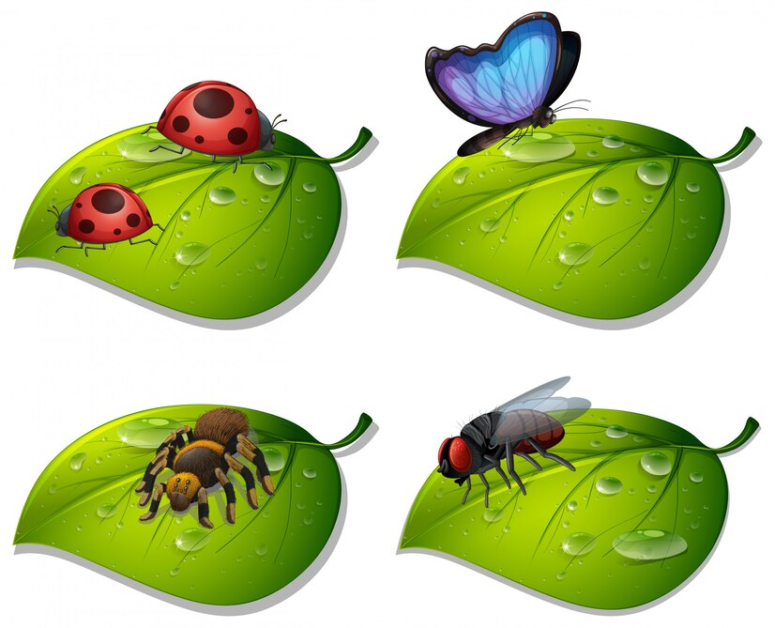
Preferred Host Plants
Various pests exhibit preferences for specific host plants, which can help gardeners identify and manage infestations effectively. For example, the cabbage white butterfly primarily targets plants in the Brassicaceae family, such as cabbage, broccoli, and kale, for oviposition. Similarly, aphids are notorious for infesting a wide range of plants, including roses, tomatoes, and peppers, due to their sap-sucking feeding habits.
Understanding the preferred host plants of common pests is crucial for implementing targeted pest control strategies in gardens and agricultural settings. By learning about the specific plant species that attract pests, gardeners can take proactive measures to deter infestations and protect their crops effectively. Monitoring and identifying the preferred host plants of pests can also aid in early detection and intervention, ultimately minimizing damage and maximizing plant health.
Natural Predators
One of the most effective methods of natural pest control in gardening is through the use of predators. These beneficial insects and animals play a crucial role in maintaining a balanced ecosystem by feeding on harmful pests that can damage crops. Ladybugs, lacewings, parasitic wasps, and predatory mites are just a few examples of beneficial predators that can help keep pest populations in check.
Predators like ladybugs and lacewings are voracious consumers of aphids and other small insects, making them valuable allies in organic gardening practices. By introducing these natural predators into your garden, you can reduce the need for chemical pesticides and create a more sustainable and eco-friendly environment for your plants to thrive. Additionally, encouraging a diverse range of predators in your garden can help prevent pest outbreaks and promote overall plant health.
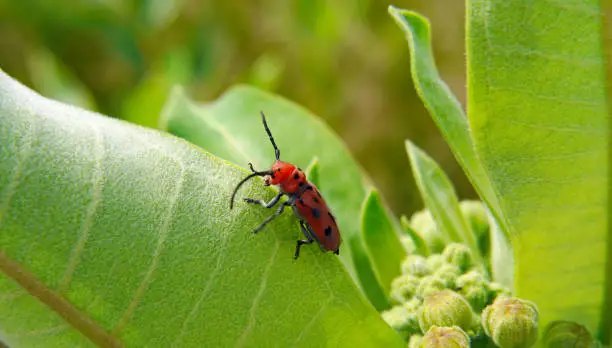
Preventative Measures
One effective preventative measure to safeguard your plants against infestations is to regularly inspect them for any signs of pest activity. By closely monitoring the foliage, stems, and undersides of leaves, you can catch potential problems early and take appropriate action before they escalate. This simple practice can help you nip pest issues in the bud, preventing widespread damage to your garden.
Another key preventative measure is to promote plant health through proper care and maintenance. Providing adequate sunlight, water, and nutrients can bolster the natural defenses of your plants, making them less susceptible to pests and diseases. Additionally, practicing good sanitation by removing fallen leaves, weeds, and debris can deprive pests of shelter and breeding grounds, creating an inhospitable environment for them in your garden.

Chemical Control Options
Chemical control options are often utilized in pest management strategies as a quick and effective method to target and eliminate harmful insects or pathogens that threaten the health of plants. These options typically involve the application of synthetic pesticides or insecticides, which are designed to specifically target the pest species while minimizing harm to beneficial organisms. When considering chemical control options, it is crucial to carefully follow the instructions provided by the product manufacturer to ensure safe and effective application.
It is important to note that while chemical control options can provide rapid relief from pest infestations, overreliance on these methods can lead to the development of pesticide resistance in pest populations, as well as negative impacts on the environment and non-target species. Therefore, it is recommended to use chemical control options in conjunction with other integrated pest management practices to create a balanced and sustainable approach to pest control in gardening and agriculture.
Organic Control Methods
Implementing organic control methods in your gardening practices can be an effective way to manage pests without relying on harmful chemicals. One popular technique is companion planting, where certain plants are grown together to deter pests naturally. For example, planting marigolds alongside tomatoes can help repel nematodes, while nasturtiums can protect cucumbers from aphids. Additionally, using insecticidal soaps made from natural ingredients like neem oil can effectively combat common garden pests like aphids, spider mites, and whiteflies without harming beneficial insects.
Another organic approach to pest control is introducing predatory insects into your garden. Ladybugs, lacewings, and praying mantises are all natural enemies of many garden pests and can help keep populations in check. Creating habitats for these beneficial insects, such as providing shelter and food sources like pollen and nectar-producing plants, can encourage their presence in your garden and contribute to a balanced ecosystem that naturally controls pest populations.
Integrated Pest Management
Integrated Pest Management (IPM) is a holistic approach to pest control that emphasizes prevention and uses a combination of techniques to manage infestations. By incorporating strategies such as biological control, habitat manipulation, and monitoring, IPM aims to minimize the impact of pests while reducing reliance on chemical pesticides. This method not only helps to protect the environment and human health but also contributes to sustainable agriculture by promoting natural pest control mechanisms.
One of the key principles of IPM is the use of biological control agents, such as predatory insects or parasitoids, to limit pest populations. These natural enemies help to maintain a balanced ecosystem and reduce the need for synthetic chemicals. Additionally, cultural practices like crop rotation, sanitation, and choosing pest-resistant plant varieties are integral components of IPM strategies, enabling growers to address pest issues proactively and effectively.
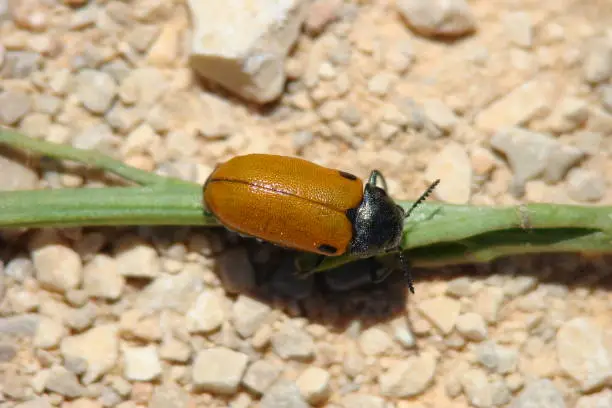
Seasonal Patterns
Seasonal patterns play a crucial role in understanding the life cycle and behavior of pests in the garden. As temperatures rise during spring and summer, pest populations tend to increase rapidly, reaching their peak during these warmer months. The abundance of food sources and optimal conditions for reproduction contribute to this surge in pest activity. In contrast, the cooler temperatures of fall and winter generally lead to a decrease in pest activity as their metabolism slows down, leading to reduced feeding and breeding.
During the transition periods between seasons, pests may exhibit fluctuating activity levels as they adapt to changing environmental conditions. For example, some pests may become more active in the early spring as they emerge from hibernation or diapause, while others may decrease in numbers as they seek shelter from extreme temperatures. Understanding these seasonal fluctuations can help gardeners anticipate and manage pest infestations more effectively throughout the year.
Geographical Distribution
The geographical distribution of [specific pest or organism] encompasses a wide range of regions, spanning from [region 1] to [region 2]. This pest has been reported in various countries across [continent], with notable infestations documented in [specific areas or countries]. Its adaptability to diverse climates and environments allows it to thrive in both temperate and tropical zones, posing a significant threat to agricultural regions worldwide.
In addition to its presence in [geographical region], this pest has also been identified in [other regions], indicating its potential for global spread. The distribution pattern of this pest corresponds closely with the availability of its preferred host plants, making it crucial to monitor and implement pest management strategies in infested areas. Understanding the geographical range of this pest is essential for developing effective control measures and minimizing its impact on agriculture and ecosystems.
Impact on Agriculture
Pests in agriculture can have devastating effects on crop production, leading to significant economic losses for farmers. The presence of pests not only diminishes crop yield but also reduces the quality of the produce, impacting market value and consumer satisfaction. In addition, the use of chemical pesticides to control pest infestations can further compound the environmental and health concerns associated with agricultural practices.
Furthermore, increased pest pressure in agriculture can result in the development of resistance in pests to commonly used pesticides, making control efforts more challenging and less effective over time. This resistance phenomenon poses a significant threat to sustainable farming practices and highlights the need for integrated pest management strategies that prioritize long-term pest control solutions while minimizing environmental impact and ensuring the preservation of crop health and productivity.
| Impact on Agriculture | Description |
|---|---|
| Crop Damage | Mexican bean beetles feed on the leaves, pods, and stems of bean plants, causing extensive damage. Severe infestations can result in defoliation, reduced photosynthesis, and yield loss. |
| Reduced Yield | Heavy feeding by Mexican bean beetles can lead to decreased plant vigor and productivity, resulting in lower bean yields and economic losses for farmers. |
| Delayed Harvest | Damage inflicted by Mexican bean beetles can delay the harvest of bean crops as plants may need time to recover from feeding damage, impacting crop scheduling and harvest efficiency. |
| Increased Management Costs | Farmers may incur additional expenses for pest management strategies, such as insecticide applications or implementing integrated pest management practices to control Mexican bean beetle populations. |
| Risk of Secondary Pest Infestations | Weakened bean plants from Mexican bean beetle damage may become more susceptible to secondary pest infestations or diseases, further impacting crop health and yield potential. |
| Impact on Market Value | Beans with visible damage from Mexican bean beetles may fetch lower prices in the market due to reduced quality and aesthetic appeal, affecting the profitability of bean production. |
Research and Studies
Over the past few decades, research on plant pest infestations has significantly increased, leading to a deeper understanding of the various factors influencing pest populations and their impact on agriculture. Scientists have been studying the efficacy of different control methods, the behavior of pests in response to environmental changes, and the development of resistance to chemicals. These studies are crucial in developing sustainable pest management strategies that are effective in reducing damage to crops while minimizing environmental impact.
Furthermore, research into the interaction between pests and their natural predators has shed light on the role of biological control in pest management. Through detailed observation and experimentation, researchers have identified specific predator species that play a key role in keeping pest populations in check. Understanding these dynamics can inform the implementation of conservation strategies to enhance the presence of natural predators in agricultural ecosystems, leading to a more balanced and sustainable approach to pest control.
Common Misconceptions
One common misconception about pest infestations in gardens is that only visibly damaged plants are affected. This belief often leads to delayed detection and treatment of pests, as many infestations begin internally or with subtle signs that are easily overlooked. It’s crucial for gardeners to regularly inspect their plants for any abnormal changes in growth, discoloration, or other signs of pest presence.
Another misconception is that organic gardening methods are completely immune to pest issues. While organic practices can help promote a healthier ecosystem that is more resistant to pests, it doesn’t guarantee immunity. Pests are adaptable and can still pose a threat to organic gardens. It’s essential for gardeners to be vigilant and proactive in implementing a combination of preventative measures and control strategies to effectively manage pest infestations in an organic garden.
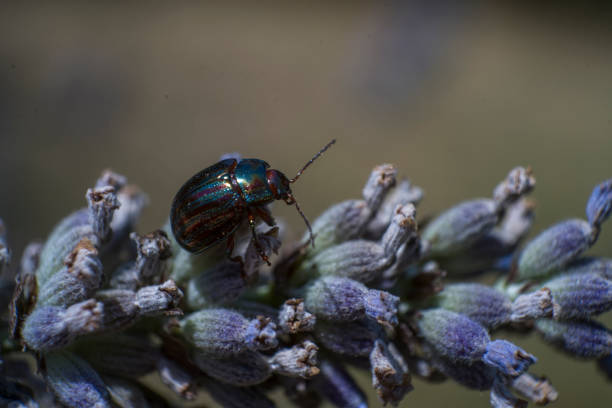
Future Outlook
The future outlook for managing pest infestations in agriculture looks promising as researchers continue to explore innovative solutions. With advancements in technology and genetic research, there is potential for the development of more sustainable and effective pest control methods. Integrated Pest Management (IPM) approaches that focus on combining various strategies to minimize chemical usage and enhance natural predator populations are gaining traction.
Furthermore, as awareness about the importance of biodiversity and ecological balance in agricultural systems grows, there is a shift towards promoting natural pest control methods. This shift is encouraging the implementation of practices that support beneficial insects and other organisms that can help regulate pest populations. By prioritizing long-term sustainability and environmental stewardship, the future of pest management in agriculture holds the promise of healthier ecosystems and improved crop yields.
What are some common misconceptions about this pest infestation?
One common misconception is that only certain types of plants are at risk of infestation, when in fact many different plants can be affected. Another misconception is that chemical control is the only effective method of dealing with the infestation.
How does the geographical distribution of this pest impact agriculture?
The geographical distribution of this pest can have a significant impact on agriculture, as it can spread quickly to different areas and affect a wide range of crops. This can lead to crop loss and decreased yields, resulting in economic losses for farmers.
What are some potential future outlooks for managing this pest infestation?
Future outlooks for managing this pest infestation may include the development of new natural predators or biological control methods, as well as continued research into more effective integrated pest management strategies. Additionally, there may be advancements in technology that allow for more targeted and sustainable control options.

Beck Wakeford is a dedicated writer at SouthElMonteHydroponics, with a fervent enthusiasm for agriculture and technological innovation. Armed with a degree in Agricultural Engineering from a leading university, Beck specializes in hydroponic systems design, automation, and optimization. Their passion for merging traditional farming with cutting-edge technology drives them to explore novel solutions for sustainable food production. Beck’s expertise and keen interest in the intersection of engineering and agriculture make them a valuable asset in the quest for efficient and eco-friendly farming practices. Through their writing, Beck aims to inspire others to embrace the potential of hydroponics in shaping a more sustainable future.

